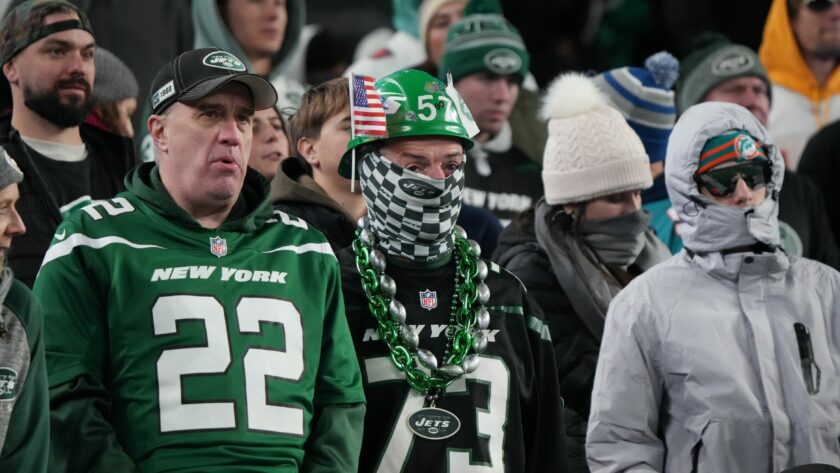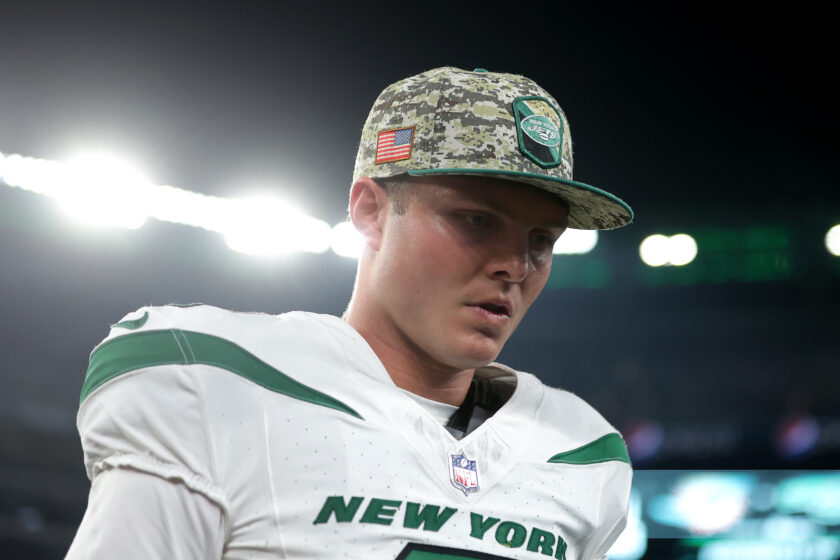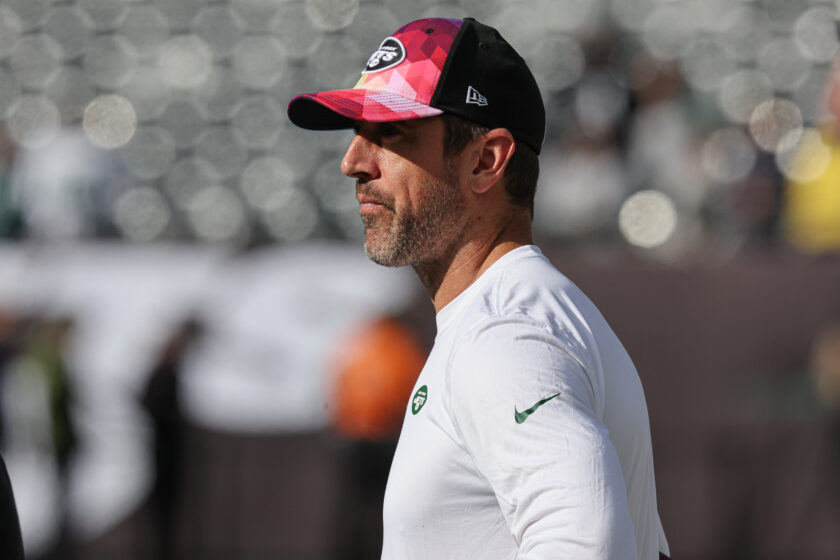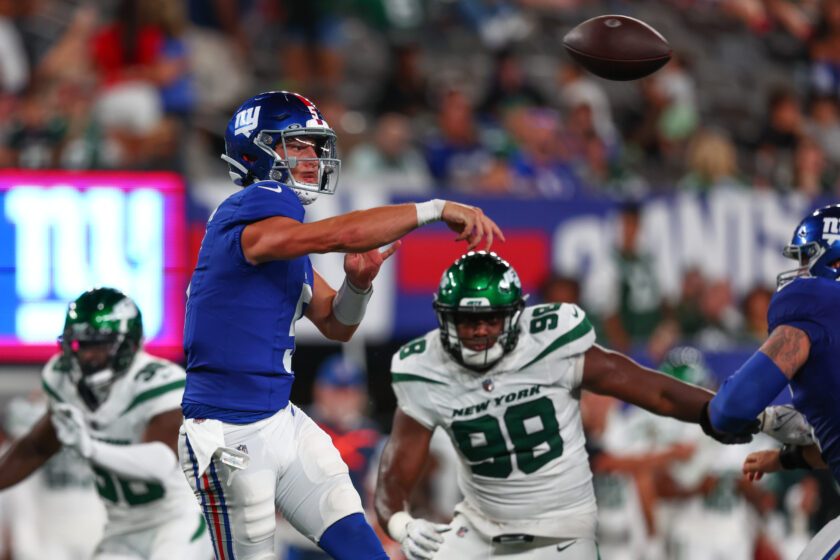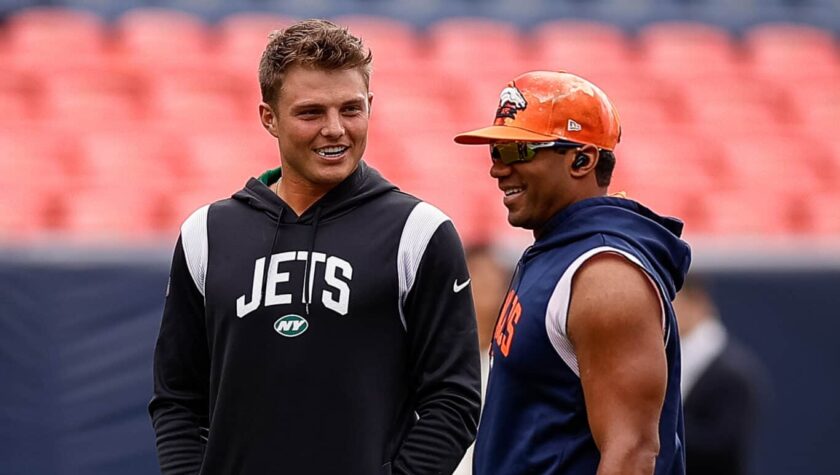New York Jets’ Brandon Silvers signing proves the AAF was working
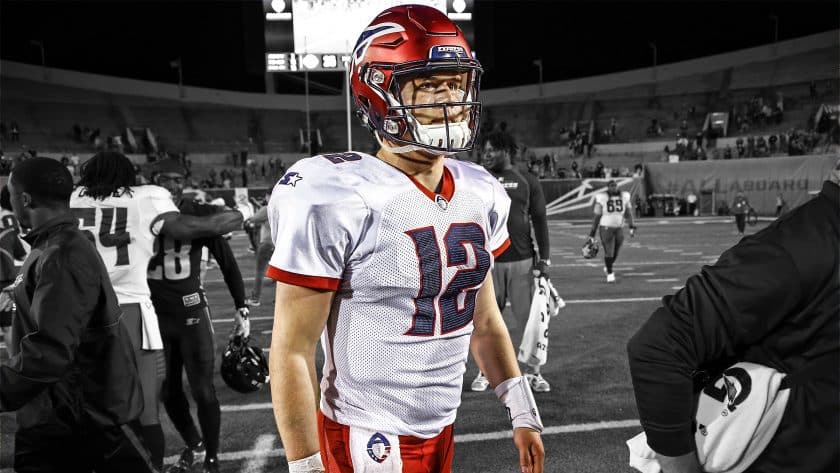
The New York Jets signing of Brandon Silvers, as well as other AAF additions throughout the NFL, prove spring football can flourish.
[sc name=”Geoff Magliocchetti Banner” ]Who will be the most important addition to the New York Jets roster? From a personal standpoint, the obvious answer is either Le’Veon Bell or C.J. Mosley. In the grand scheme of football matters, however, it well could be quarterback Brandon Silvers.
For all we know, Silvers, signed last week, could be off the roster by the time the Jets suit up for Week 1. No one expects him to supplant Sam Darnold as the Jets’ franchise quarterback beacon. With no NFL snaps, not even in the preseason, he has an uphill battle to even be Darnold’s backup. That battle includes the retained Davis Webb and ex-starter Trevor Siemian.
But Silvers is part of a unique brotherhood: signees that prove that there is professional football life beyond the NFL. They come from the remains of the de facto defunct Alliance of American Football. Silvers was a part of that league, if only briefly, as a member of the Memphis Express.
His tenure may have been overshadowed by the failure of ex-Jets draftee Christian Hackenberg, as well as the late arrival of Johnny Manziel, but he still managed to create some memorable Memphis moments, including a winning touchdown pass in the league’s first overtime showcase. He wound up leading the squad with 799 yards and four touchdowns.
https://www.youtube.com/watch?v=9EFzHoGmX2w&t=26s
The MVP of 2017 New Orleans Bowl departed college football as one of Troy University’s most prolific passers. His success with the Trojans, however, didn’t translate to NFL triumphs. Silvers went undrafted in last year’s selection proceedings, earning only a mere tryout with the New Orleans Saints. The AAF came calling in the form of a third-round pick in its quarterback draft last November. While it took some time to see consistent action, Silvers goes down as the all-time leading passer in Express history. In addition to the infamous Hackenberg and Manziel duo, Silvers also worked alongside former Tennesee Titan Zach Mettenberger, who was lost to an injury.
Leagues like the AAF were made with players like Silvers and his fellow Express quarterbacks in mind. He and other alumni are beginning to reap the benefits.
Marred by a botched financial situation that led to a suspension of operations, the AAF was supposed to celebrate its regular season finale last weekend. The shutdown was a sideshow in itself, featuring none-the-wiser players learning about it through news reports and forced to pay their own ways home. There’s hope from those within the league it could return for a second season, but a shortened debut obviously isn’t a good sign.
With the leftovers free to sign with any NFL team, however, the league lives on in spirit.
While Silvers has a challenge ahead of him with the Jets, several other AAF signees have the potential to make immediate impacts elsewhere. The league’s sack leader, Jayron Elliott of the San Antonio Commanders, was added to the Jets’ divisional rivals in Miami. Kick returner/receiver Greg Ward Jr. could make an impact in Philadelphia. The NFL journey of former Giants third-round pick Damontre Moore will continue in San Francisco.

These additions, which reached 40 at last week, prove that the AAF was doing its job. Furthermore, their NFL arrivals, or rearrivals, keep the flames of spring football burning.
Attempting to be a league that takes down the NFL is as moot as it is silly. The NFL is far too much of a behemoth to battle, as kids and prospects will always want to play for the Atlanta Falcons rather than the Atlanta Legends. Spring football can provide this avenue. The AAF had the idea in mind. After all, one of the common thoughts behind its closing was that it failed to earn an NFL partnership that could’ve kept it afloat.
[sc name=”Jets Center” ]Sustainable spring football has been a concept with little hope of moving forward. But the AAF had the right things going. Unlike the doomed USFL before it, it never sought to compete with the NFL. It knew its place and attempted to satisfy a football hunger that never seems fully quelled. Despite the endless rounds of jokes toward them, Thursday Night Football and the Pro Bowl still earn ratings that other sporting leagues salivate over. The AAF was getting that kind of traction, to the point where more games were being added to their CBS slate.
Intentions and demand were there for the AAF. In the end, what did them in was a failure to create a long-term financial plan. Their loss could be the rebooted XFL’s gain.
The first attempt at XFL football turned out to be a failed venture that took direct shots at the NFL, one that likewise doomed them to a single (albeit complete) season. This time, no direct competition is planned. Additionally, the XFL is taking its time to create the potential for long-term prospects. While the AAF sped up its inaugural year to be out the XFL, it apparently overlooked the financial particulars. XFL founder Vince McMahon, long seen as the face of the first league’s failure, has played it very smart and is adapting to the AAF’s mistakes, recently selling off $272 million of his World Wrestling Entertainment stock to fund the return.
Spring football has yet to find a sustainable realm. But the AAF’s failure could provide the blueprint to future success.
[sc name=”Twitter Follow Link” text=”Geoff Magliocchetti” username=”@GeoffMags5490″ ] [sc name=”Jets Link Next” link=”https://elitesportsny.com/2019/04/15/new-york-jets-2019-nfl-draft-big-board-nick-bosa-and-friends/” text=”Jets 2019 NFL Draft Big Board” ]

